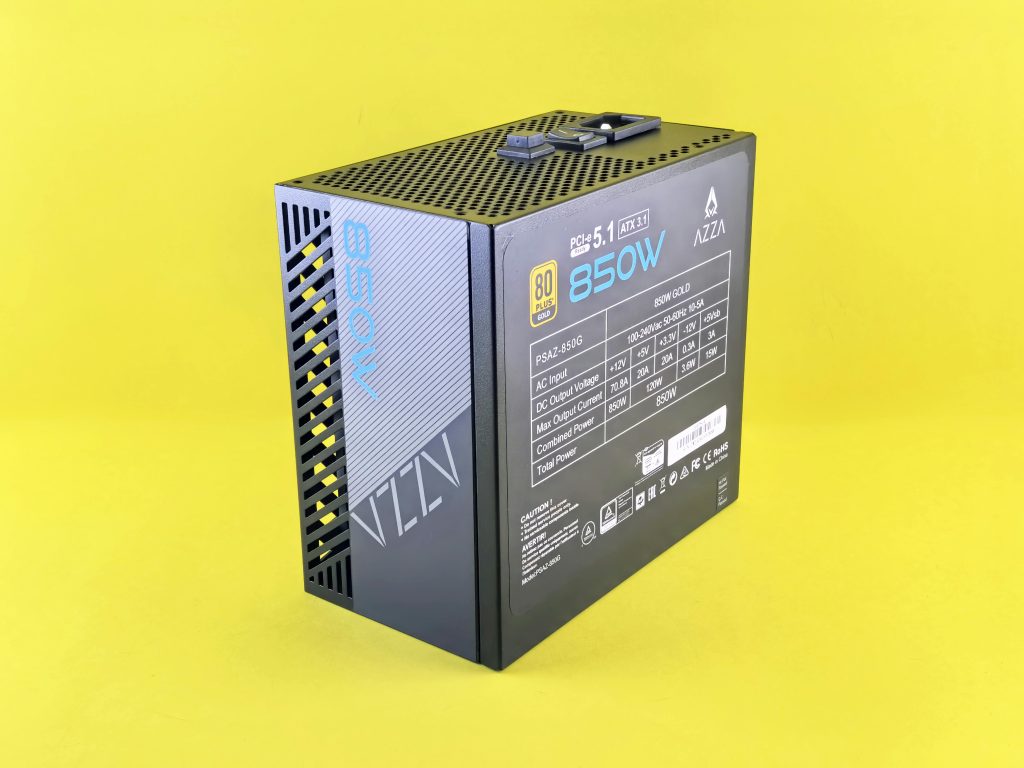Troubleshooting Windows 11 Installation on NVMe SSDs: Overcoming Boot and Upgrade Challenges
Introduction
Installing Windows 11 on high-performance NVMe SSDs offers significant speed benefits, but users often encounter unexpected boot issues and upgrade failures. If you’ve been trying to install Windows 11 onto an NVMe drive and keep facing boot loops or upgrade prompts that prevent a successful installation, you’re not alone. Here’s a comprehensive guide to understanding and resolving these common issues.
Understanding the Common Issue
Many users report that, after installing Windows 11 from a USB bootable drive, the system reboots only to display an upgrade confirmation message or prompts that hinder proper booting from the NVMe drive. The typical scenario involves:
- Initiating Windows 11 installation via USB.
- Post-installation, the system reboots.
- On reboot, a message appears:
“It looks like you started an upgrade and booted from installation media. If you want to continue with the upgrade, remove the media from your PC and click Yes. If you want to perform a clean installation, click No.”
- Attempts to select Yes or No either result in the system reverting back to the initial message or booting into a recovery loop.
Key Factors at Play
UEFI Settings and BIOS Configuration
- Ensuring BIOS is configured correctly is critical.
- Modifications made:
- Disabling Compatibility Support Module (CSM)
- Switching to UEFI mode
- Disabling Secure Boot
Despite these changes, boot issues persisted, indicating deeper configuration problems.
Drive Recognition and Partitioning
- The NVMe SSD appears in BIOS but doesn’t boot properly.
- Windows files are ostensibly installed on the drive, but the system fails to boot into Windows directly, suggesting a bootloader or partition scheme misconfiguration.
Troubleshooting Steps
-
Verify Partition Style and Bootloader
-
Boot into a Windows Recovery environment or use a diagnostic tool.
-
Open Command Prompt and run:
bash
diskpart
list disk
select disk <disk_number>
list partition -
Confirm that your Windows partition is marked as active and that the partition style is GPT (for UEFI boot).
-
Rebuild the Boot Configuration Data (BCD)
-
Inside the recovery environment, execute:
“`bash
bootrec /fixmbr
bootrec /
Share this content:



